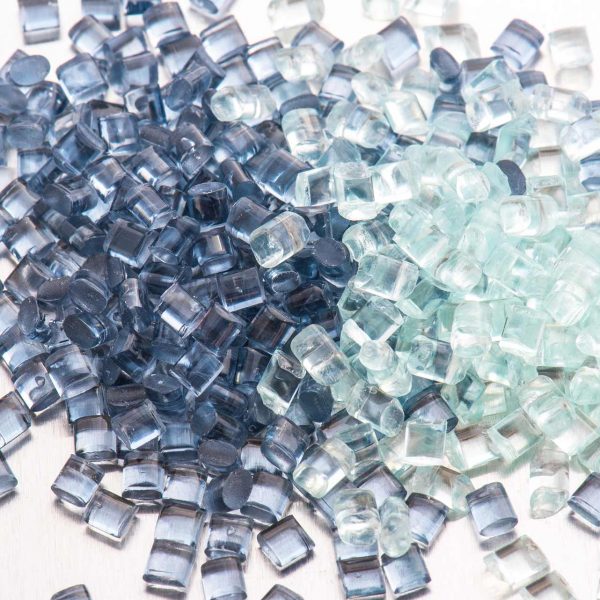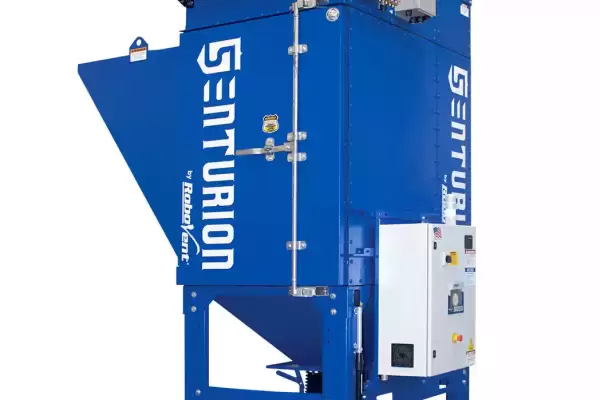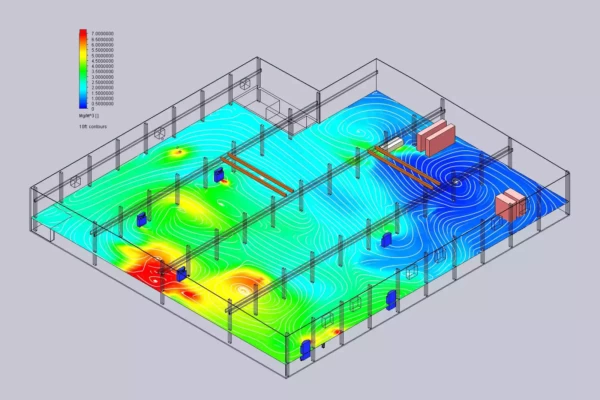 EXPOSURE RISKS FOR POLYMER DUST
EXPOSURE RISKS FOR POLYMER DUST
The primary danger of polymer dust is fire or explosion. Many different kinds of polymer dusts are listed by the Occupational Safety and Health Administration (OSHA) as combustible dusts. Dust explosions can be extremely powerful, injuring or killing employees and destroying property. These events can happen when dust occurs in the right concentration with oxygen and meets an ignition source, such as a spark, cigarette, hot wheel bearing and so on. If an accumulation of dust exists in a facility, this dust can be upset by the initial blast; when this second cloud of dust ignites, the secondary explosion can be massive.
An example of a deadly polymer dust explosion occurred in North Carolina in 2003. Six people were killed, and 38 were injured in this event. As the final report put it, “a combustible polyethylene dust above the suspended ceilings fueled the explosion.” This preventable tragedy is a good example of the need for proper dust collection in facilities that handle polymers.
Another danger of polymers is the exposure risk posed by some of the raw materials used. While many of the raw materials are primarily asphyxiation hazards, such as ethylene, propylene and butene, some are direct health threats. For example, styrene carries a specific permissible exposure limit (PEL) from OSHA. Styrene is used to make polystyrene plastics and is therefore a widely encountered substance. Health hazards from styrene include problems with the central nervous system, including headache, fatigue, weakness, depression and hearing loss. The National Institute for Occupational Safety and Health (NIOSH) takes an even darker view and says styrene can also cause “mutagenic effects, including cytogenic changes.”
 REGULATIONS FOR POLYMER DUST
REGULATIONS FOR POLYMER DUST
At the moment, OSHA’s regulations surrounding combustible dust include rule 1910.22 (Housekeeping), 1910.307 (Hazardous Locations), 1910.1200 (Hazard Communication) and others. In addition, any facility that deals with combustible dust needs to do a Process Hazard Analysis (PHA) and to comply with all National Fire Protection Association (NFPA) requirements.
Regulations for raw materials used to make polymers are varied. Many raw materials do not carry PELs from OSHA, but the ones that do require attention. For example, OSHA’s PEL for styrene is 100 ppm (or 430 mg/m3). It should be noted that NIOSH recommends a much stricter limit—half again as strict, in fact, at 215 mg/m3. The American Conference of Governmental Industrial Hygienists (ACGIH) recommends an even tighter limit of 85 mg/m3. While neither of these carry the weight of law, OSHA frequently looks to these organizations for guidance and expertise in shaping its standards.
Complying with OSHA regulations is important for protecting workers and facilities, as well as for avoiding costly fines. Fortunately, affordable methods exist to control polymer dust in the workplace.
MORE DUST TYPES
SOLUTIONS FOR POLYMER DUST
RoboVent’s engineers are experts in designing air quality solutions for manufacturing facilities. For almost three decades, we have brought clean air to the workplace.
For a facility that needs a comprehensive solution for dust, our Senturion Series collectors provide powerful filtration and easy maintenance. These collectors protect both the workers on the floor, as well as staff scattered throughout the facility. They also prevent dust accumulation that could lead to a dust explosion. Options such as the Delta3 Spark Arrestor provide additional safety, killing sparks before they can make trouble in the collector or in ductwork.
For isolated dust challenges, RoboVent’s portable dust collectors are good solutions. These capture dust at the source and can be configured with fume arms or source capture hoods.
If your facility presents a perplexing dust control challenge—perhaps some areas are hard to reach or equipment runs at irregular intervals—RoboVent’s VentMapping process allows our engineers to analyze and design the most optimal solution. This process uses computer modeling to understand a facility and to propose an air quality solution for any challenge.
RoboVent offers 24-hour support, so someone is always at the other end of the phone, if the need should arise. This is just part of our guarantee of satisfaction. That guarantee is offered in writing—RoboVent has the best warranty in the industry.
Polymer Dust Collection Collectors
Clean Air Technology Services
CONTACT US
Contact one of our industrial dust experts to gain the advantage against dust-generating processes and applications.








